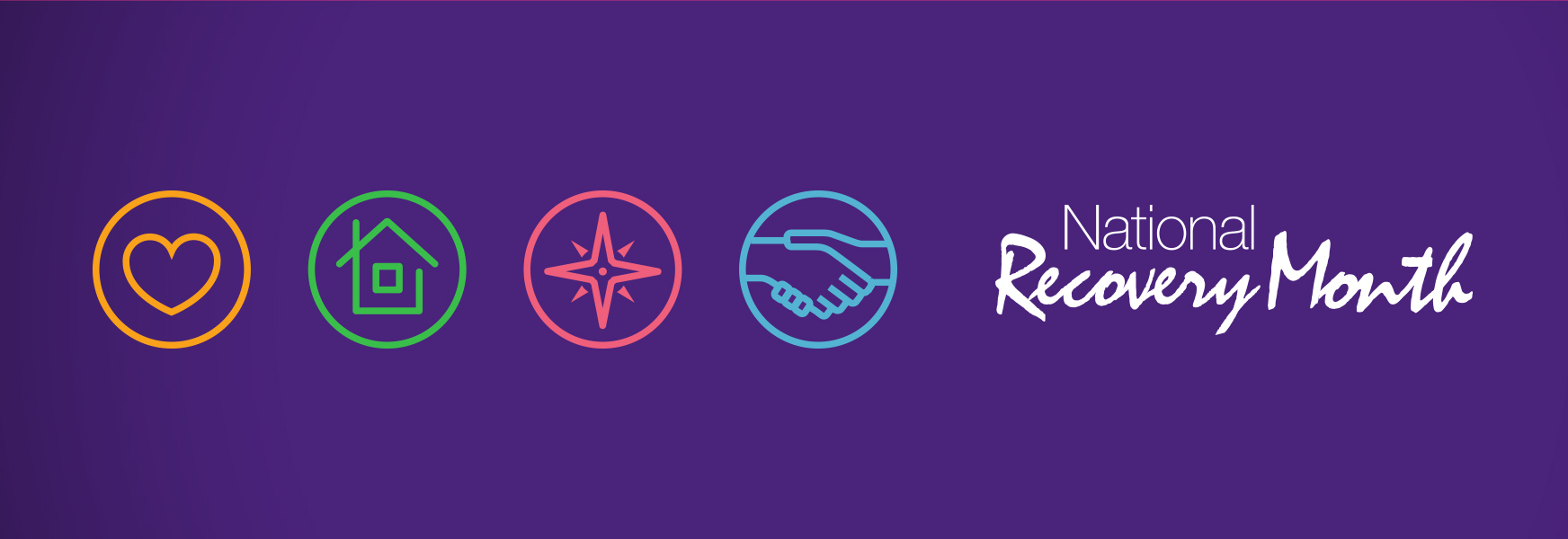September is National Alcohol & Drug Addiction Recovery Month
 According to the National Safety Council (NSC), about 21 million Americans are living with substance use disorder, and three-quarters of those are employed. Employees struggling with substance abuse miss 50% more work days than their peers – up to six weeks annually, a considerable loss in productivity for their employers. This is costing the U.S. economy more than $400 billion a year.
According to the National Safety Council (NSC), about 21 million Americans are living with substance use disorder, and three-quarters of those are employed. Employees struggling with substance abuse miss 50% more work days than their peers – up to six weeks annually, a considerable loss in productivity for their employers. This is costing the U.S. economy more than $400 billion a year.
Despite all the safety controls available, workers impaired by drugs or alcohol are more likely to be injured at work. Clearly this is a concern for all employers. The national media attention is focused on opioid addiction issues, but don’t forget the serious implications of alcohol abuse or misuse.
This is a public health issue like heart disease, diabetes, cancer, or other illnesses. The common misconception is that individuals choose to be addicts. Nobody ever chooses to become an alcoholic or drug dependent. Employers can play an important role in assisting people facing addiction.
Employers who have an Employee Assistance Program (EAP) in place can access helpful information to help workers and refer them to counselors and other medical professionals. An EAP can also assess current drug and alcohol policies and testing procedures. A drug and alcohol-free workplace is a safer workplace. This discourages drug and alcohol abuse, encourages treatment and recovery, and assists employees in quickly returning to work.
A drug/alcohol-free workplace program has five distinct elements
- The first is a written plan which explains current policies related to alcohol or drug use and/or possession and how the plan will improve safety and productivity as well as reduce costs.
- The second element is supervisor training; teaching them how to recognize an unsafe situation, how to document it, and how to proceed. This helps the supervisors understand their role in the process.
- The third element is employee education. This helps the entire organization understand the dangers associated with drug and alcohol use as well as how it affects their work, their company, their families, and their lives.
- The forth element is the Employee Assistance Program. All workers should have access to support and a path to appropriate treatment or other information. In some industries this is a required process in order to return to work.
- The fifth element is a drug and alcohol testing program. Random testing may require state approval and very formal processes. Safety sensitive positions such as commercial drivers may also be covered under random testing from the Department of Transportation.
For more information on this subject, please visit the National Safety Council, The National Institute on Drug Abuse, or the NCADD website. MEMIC policyholders also have free access to numerous resources from BLR.com through the MEMIC Safety Director.
By Tony Soares

